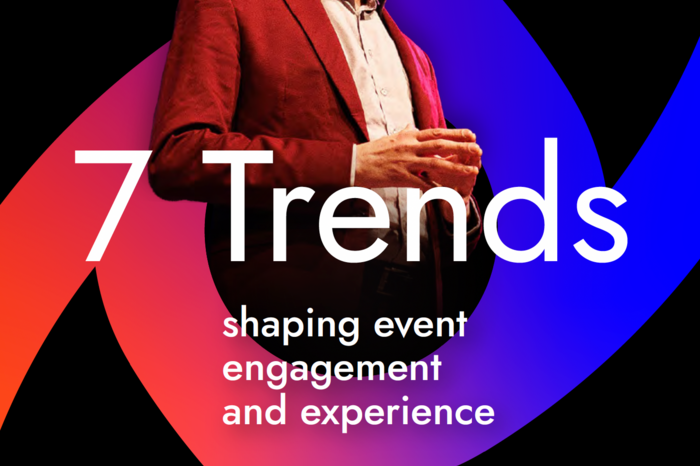Understanding ROI in context
ROI takes different shapes depending on who is involved. A marketing director might look for sales growth after an annual convention, while a head of events may measure whether the event delivered greater value than its budget. Product owners may have their own priorities, and the finance department will view the event through a different lens again. Others may prioritise brand awareness, lead generation, database growth or shifts in audience perception.
The challenge is that clients do not always share these expectations with agencies. Many see ROI as an internal exercise. The most effective outcomes happen when the discussion begins at the very start of planning, even at the request for proposal stage. By asking the right questions early on (such as What does success mean? How will it be measured? What data exists?) agencies can design an event that is strategically aligned, not simply logistically executed.

Beyond financial returns
Measurement varies according to event type. Corporate B2B events are usually tied to objectives such as sales enablement, internal motivation or reputation. B2C events, such as brand activations or product launches, require a different approach that is often measured through reach, leads, social media engagement or changes in consumer perception. Recognising these distinctions ensures the right metrics are applied to the right format.
While financial ROI remains important, non-financial measures often reveal as much about an event’s impact. Net Promoter Scores (NPS), for example, provide valuable insight into how engaged and motivated participants feel. A company might set a goal to improve its NPS year on year, using pre-event, on-site and post-event surveys as benchmarks.
Events can also be measured by how they shift perceptions of a brand or inspire stronger employee engagement. Incentive programmes highlight this well. Beyond recognising high performance, they generate motivation that drives future results. Participants return inspired, share their experiences with colleagues and reinforce a culture of performance.

Building the right framework
The most common mistake companies make is waiting until after the event to consider ROI. Without objectives and benchmarks established from the beginning, measurement becomes guesswork. Another frequent pitfall is misalignment: marketing, sales and product teams may each pursue different goals, while event managers may focus narrowly on logistics such as venues and travel. Unless these perspectives are brought together, the event’s strategic purpose is diluted.
The solution is early alignment among the right stakeholders. Event teams, marketing and sales should define objectives together, with finance contributing the data against which outcomes can be measured. Once expectations are written down and agreed, they form the foundation of a clear framework.
For some projects, external research partners such as MCI’s sister agency insidery can provide detailed analysis. For others, in-house teams can track progress through defined KPIs such as brand perception shifts, lead quality or social media growth. Measurement should always combine quantitative data (leads generated, clicks recorded, sales closed) with qualitative insights such as speaker ratings, brand perception and overall audience experience. Both dimensions are important when capturing the full value of an event.
Benchmarking is critical. Companies must measure against their own past performance and, where possible, against industry standards. Knowing last year’s sales figures or NPS scores allows for meaningful year-on-year comparisons. Industry benchmarks add further context: for example, a booth evaluation score of 4.7 means more when compared to an industry average of 3.5. Without these reference points, data has little value.
Remember: not every outcome can be expressed in financial terms, but qualitative gains often lead to tangible benefits. A motivated salesforce after a convention is more likely to perform at a higher level, even if the exact uplift cannot be traced directly. Participants in incentive trips return to their teams energised and competitive, spreading enthusiasm that lifts overall performance. Recognition, engagement and experience may be intangible, but they drive measurable results over time.

A step-by-step practical framework
1. Define objectives early
Agree what success looks like from the start. This includes financial aims, brand outcomes, engagement goals or shifts in perception. Write them down and secure alignment among all stakeholders.
2. Involve the right stakeholders
Bring together the event team, marketing and sales, with finance providing essential data. Having this mix at the table ensures objectives are realistic and measurable.
3. Benchmark performance
Gather baseline data before the event. This might include last year’s sales, Net Promoter Scores and/or industry averages. Benchmarks are essential to track progress over time and provide context for results.
4. Select measurement methods
Choose the right combination of quantitative and qualitative tools. Quantitative measures may include leads generated, clicks recorded or sales closed. Qualitative feedback might cover speaker ratings, brand perception and the audience experience.
5. Analyse and report
Results should be presented in a way that connects data to business impact.
Ready to define, measure and improve your event's ROI? Speak to MCI about building strategies that measure the full value.




